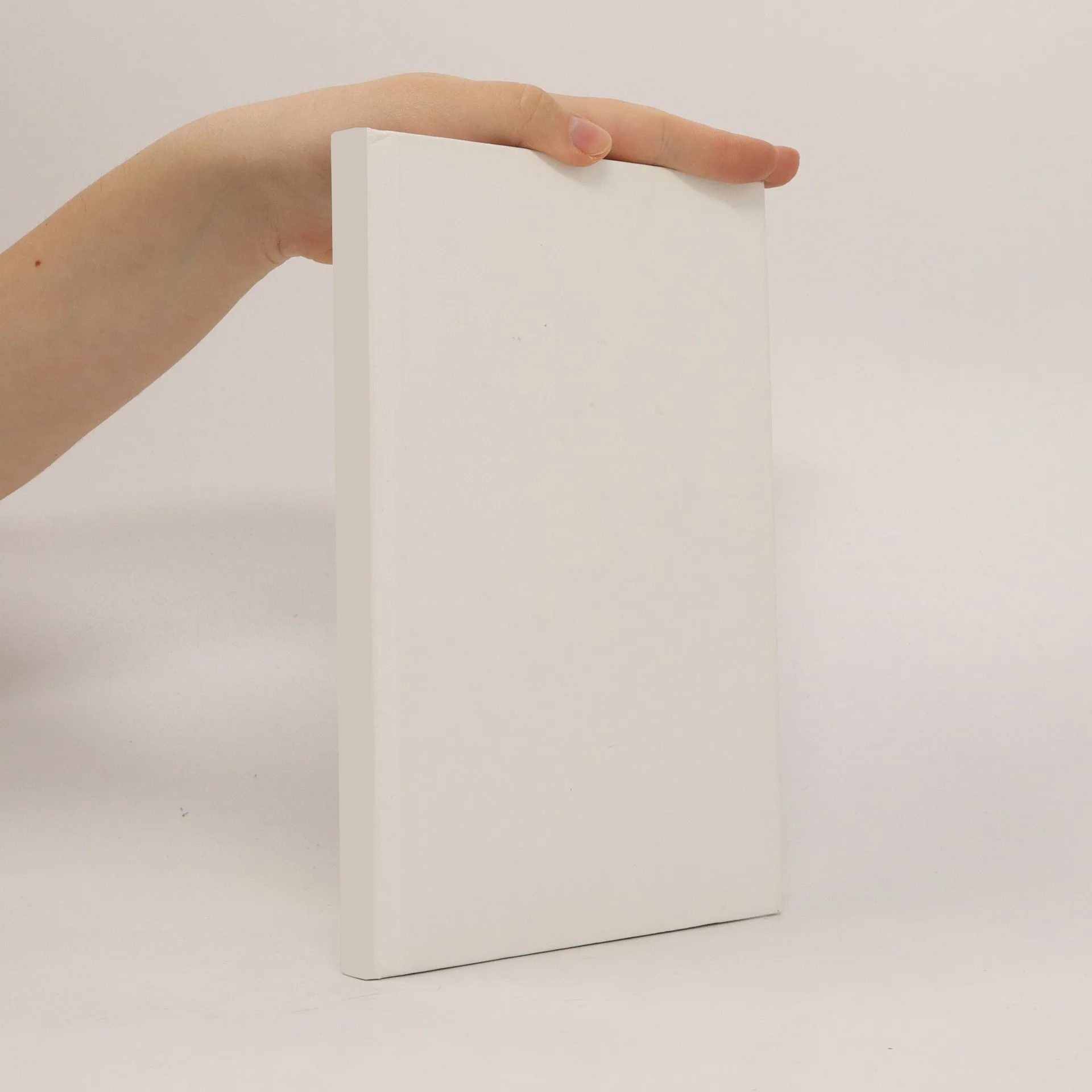
Parámetros
Más información sobre el libro
South-west of the town of Lenzen in north-western Brandenburg excavations on the castle hill near the Löcknitz River were conducted in 2001 and 2003 and revealed well preserved remains of three fortifications. According to dendro-dates, it was fortified with oak planks [I] shortly before A. D. 950, probably by Saxons who had defeated the local Linones in the Battle of Lenzen in 929. Its nature as a border fortification can be inferred e. g. from the absence of civil settlements. This stronghold was abandoned due to water-logging but replaced in 981/2 by a successor [II] built by Obodrites in a box construction, for which the ground was raised. This was destroyed just before 1000 and followed by a third, densely occupied Obodrite hillfort [III-1] some 20 years later. The latter was repaired by Linones in the 2nd half of the 11th century [III-2] and 1st half of the 12th century [III-3] and produced a cultural layer some 4.6 m thick and containing well preserved features. Finds include 6,404 pot sherds, 6,851 bones of domestic and wild animals [up to 10 % game], animal hairs, and 150,556 botanical samples of macro-remains and pollen attesting deforestation and contemporaneous agriculture dominated by millet, oat, and rye.
Compra de libros
Burg Lenzen, Heike Kennecke
- Idioma
- Publicado en
- 2015
Métodos de pago
Nadie lo ha calificado todavía.